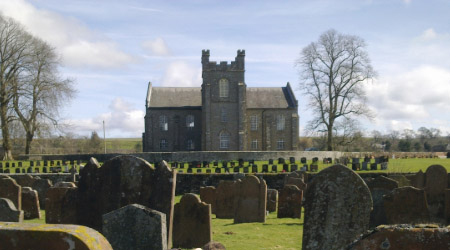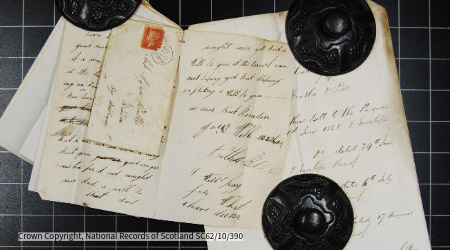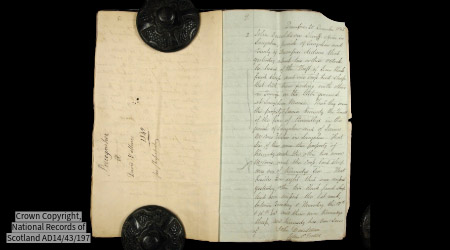Learning Zone - Valuation Rolls from 1855
Valuation rolls from 1855 to 1989
Quick facts
Valuation rolls exist in Scotland as a continuous series from 1855 to 1989 and were made annually. They were created for the purposes of taxation and record details of the property, the ‘Proprietor’,‘Tenant’, Occupier’ and rental value.
Whilst some describe valuation rolls as a ‘census substitute’ this is not, in our opinion, the best description. Very little personal information is given and only one member of the household who is living in the property is recorded.
As more than one copy of the rolls were made they can be accessed at the National Records of Scotland (NRS) or in local libraries and archives.
Work is underway to make access to indexes and images held at the NRS available online.
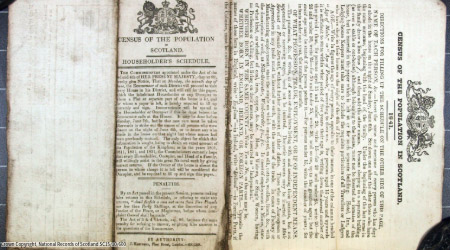
1841-1861 Census Coverage on Scottish Indexes |
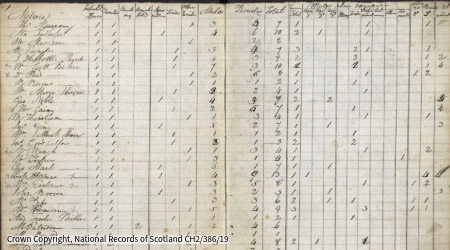
Search pre-1841 Censuses and Population Lists |
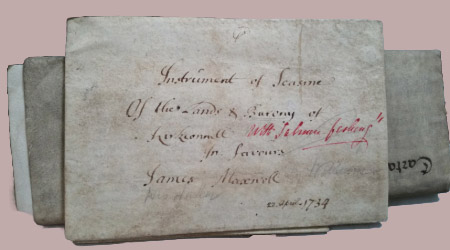
Registers of Sasines |
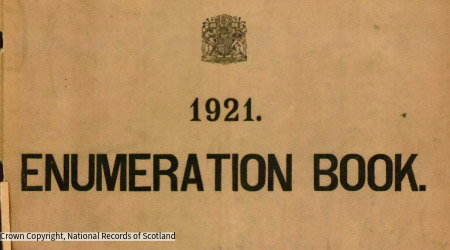
Census in Scotland |

1841-1861 Census Coverage on Scottish Indexes |

Search pre-1841 Censuses and Population Lists |

Registers of Sasines |

Census in Scotland |
Valuation rolls from 1855 to 1989
A complete record of the value of lands and houses across Scotland begins in 1855, this came about following the passing of ‘The Lands Valuation (Scotland) Act 1854’.
Valuation rolls were created from 1855 right up to the introduction of the Community Charge (‘Poll Tax’) in 1989, and all are open to the public. This means that you can search the valuation rolls for years where the census is unavailable, due to the 100-year closure rule. Many libraries in Scotland have valuation rolls for their immediate local area, and county or regional libraries, such as the Ewart Library in Dumfries, will likely have a set for all the historic counties in their area. Created for the purposes of taxation, prior to 1884 these rolls do not include properties with a yearly rental value of less than 4 pounds. This means that if your ancestor lived in a small cottage or tenement flat, his name may not appear in early valuation rolls.
What they tell us
Despite their limitations, valuation rolls can still be a very helpful tool for us genealogists. Unlike the census returns, these valuations rolls were made annually.
As you can see from the example below (Dumfriesshire 1896/97) the property is described (i.e. House, Land, Schoolmaster’s House etc.) with its situation is given, along with the name and often the occupation of the ‘Proprietor’, ‘Tenant’ and ‘Occupier’. Finally the rate/tax information is given. Click on the image below to enlarge.
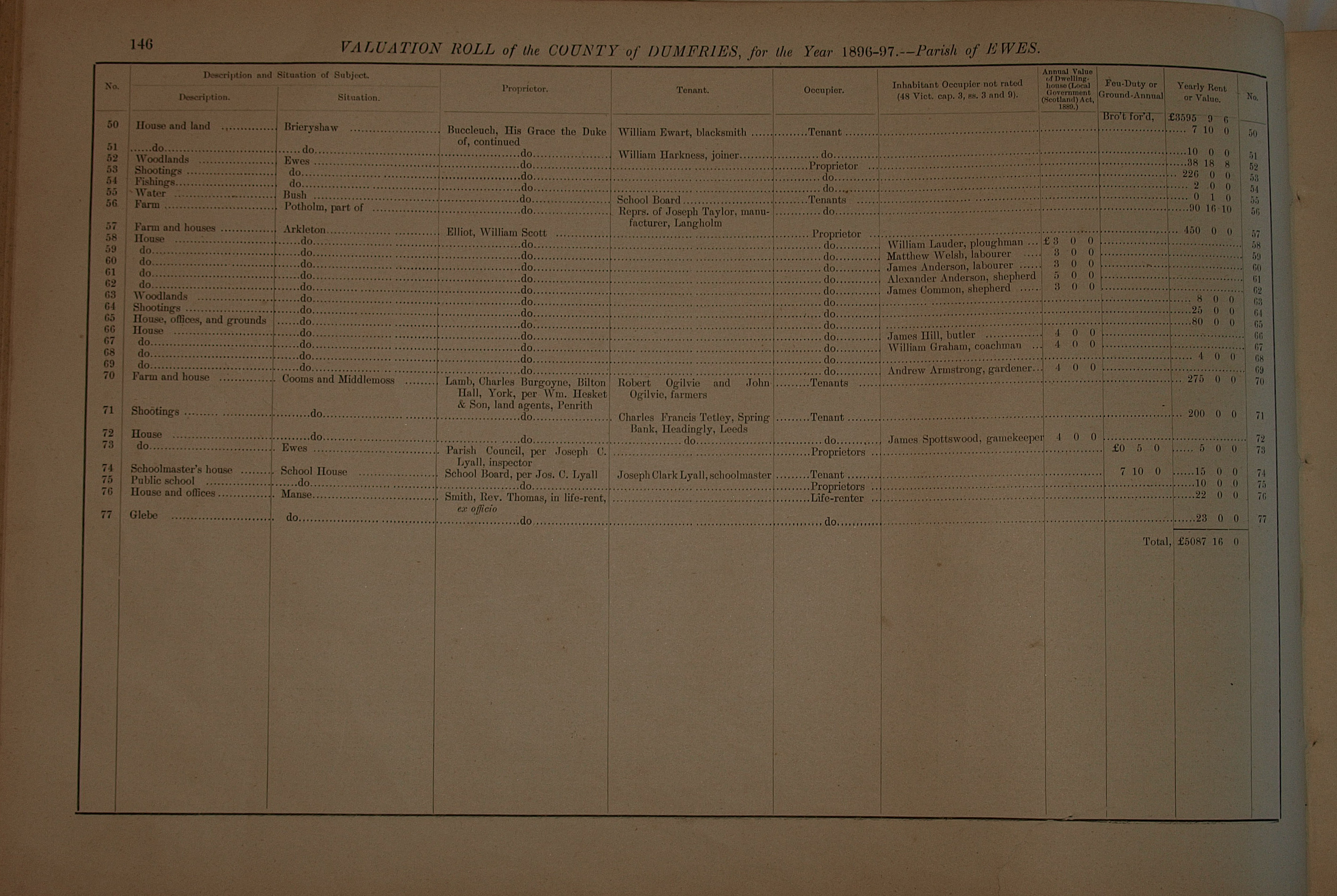
What to use them for?
Valuation rolls can tell you a lot about a property. A crucial piece of information readily available in the rolls is who owned each property, which means you can follow up more information in land records, called ‘sasines’ in Scotland, to find out more about the property and its owners. The rolls will also tell you the yearly rental value of the property, which may give you an indication of how well your family were doing financially.
Valuation rolls can also help you solve specific genealogy issues. Recently, for example, a client came to us with his ancestor’s enlistment record which gave a surname and street for his next of kin. Sadly, this was not enough information to identify the person in the census (which was not taken for another 4 years after the date of the record). The valuation rolls, produced yearly, did contain the full name of the next of kin however and gave an occupation, which was enough to identify the family in the next census. One page from a valuation roll broke down the brick wall and our client can now continue with his research.
Valuation rolls can also help you pinpoint when a family moved, therefore enabling you to narrow down a search on passenger lists for example. They are particularly useful if you are working with a common surname.
Access
Unlike the census, contemporary copies were often made, especially in later years. As I have mentioned libraries in Scotland may have copies, they even come up for sale on eBay from time to time!
The National Records of Scotland (NRS) have digitised their set of rolls up to 1956/57. You can view the digitised images for free within the National Records of Scotland.
The NRS have also indexed the rolls for the years 1875, 1885, 1895, 1905, 1915, 1920 and 1925. You can search the index by place or person. These indexes can be accessed within the NRS or through www.scotlandspeople.co.uk. Additionally, indexes of the years 1855, 1865, 1930, 1935, 1940, 1945, 1950, and 1955 are available within the NRS (but not yet available online).
Most genealogists, including ourselves, can usually conduct a search in these records for you for a minimal fee. Our fee starts at £15 for this type of research.
We have also made available one vaulation roll that we have for the landward part of the county of Dumfriesshire for the year 1896/97. You can view the roll for free in our Flickr Archive.
What they can’t be used for
Valuation rolls show only the names of the ‘Proprietor’, the ‘Tenant’ and the ‘Occupier’. They do not give a list of the entire household, or give any relationships. The rolls do not give ages or birthplaces either so even if you find your ancestor, they may not add to what you already know about them.


